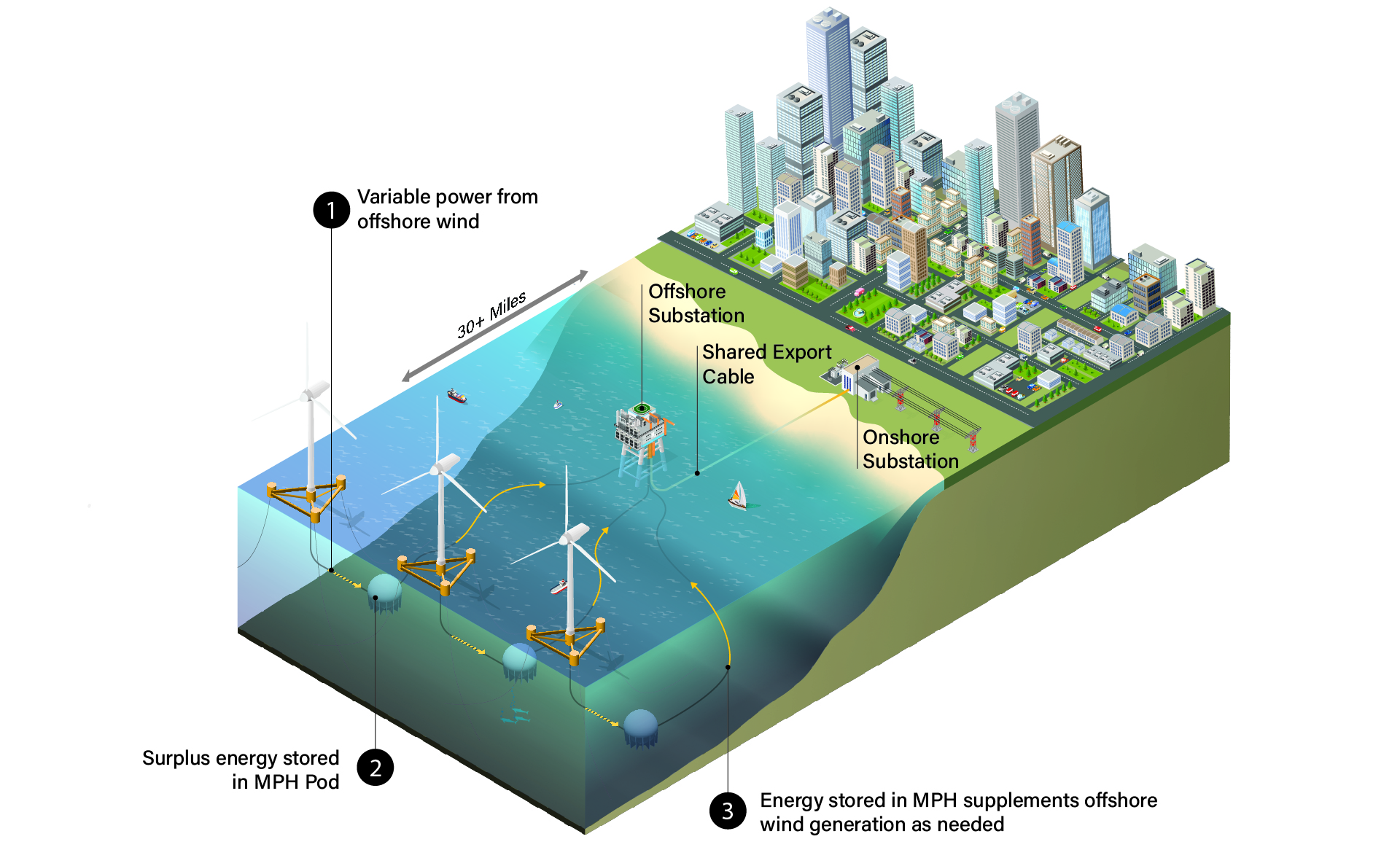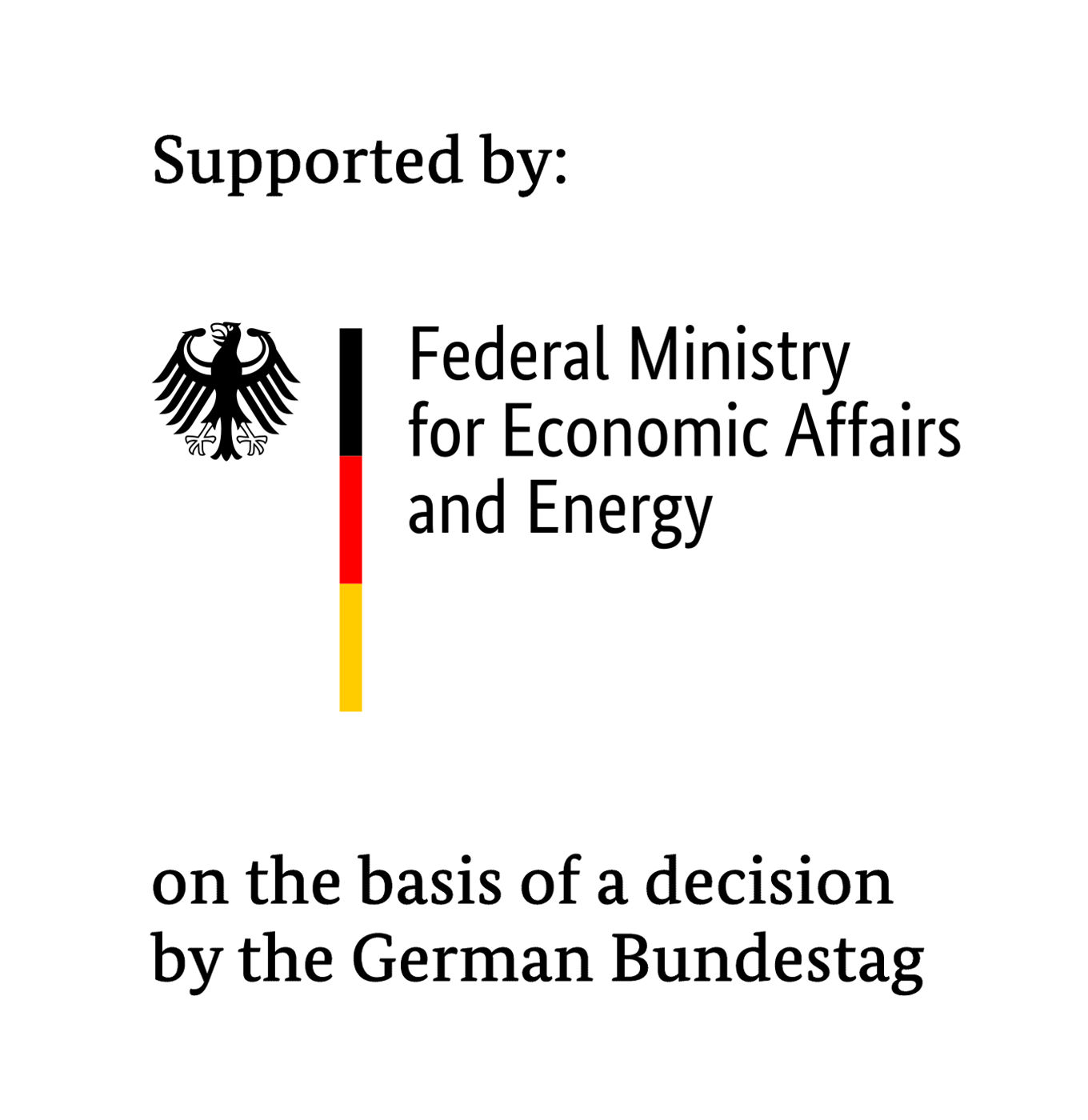StEnSEA 2.0 - Stored Energy in the Sea
Following the successful 1:10 scale model test at a depth of 100 m in Lake Constance in the first StEnSea project, the follow-up project aims to demonstrate that the technology can also be successfully applied at larger scales and greater depths. A detailed description of operation principle and further information can be found on the StEnSea topic page.
As part of StEnSea 2.0, a 1:3 scale functional model is planned to be realized off the California coast, as the next essential development step, and tested in the sea at a depth of approximately 650 m over a period of about one year. The final definition of the dimensions of the functional model is part of the project, depending on a variety of factors such as available logistics solutions. The goal of the project is to achieve a storage capacity of approximately 0.5 - 1 MWh and power output of 0.5 - 1 MW with the 1:3-scaled StEnSea system. This grid-relevant size enables integration into distribution networks, allowing even the prototype to be used in relevant applications for industry or for local grid relief.





